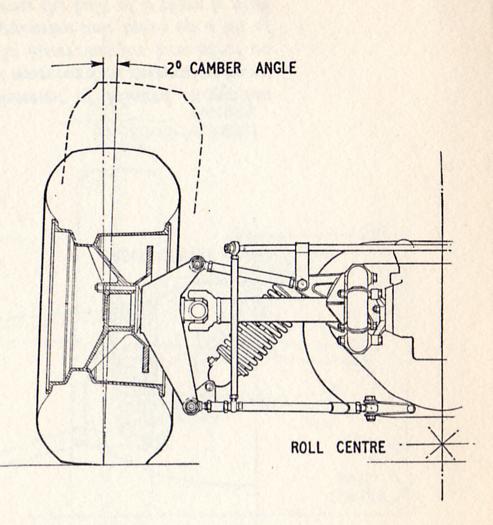Thank you, it now starts to make sense.
It is time perhaps to square the circle so to speak.
My original statement was that true seamless and zeroshift gearboxes based on layshaft stepped geartrains are not possible.
I stated that there will always be a gap in torque transfer from the input to the output at the shift mechanisem.
I think we can agree on the basic operation of the zeroshift components in the video shown.
I also agree that the shift shown on the graph is true and can be achieved.
Slider has stated that he did not believe there was a stepped ratio gearbox system that could change gear without a gap in the change in torque path from one ratio to a different ratio.
I agree with this.
I believe that most are unsure if this is true or false for the zeroshift.
I believe that for the fierce version of the zeroshift with no torque modulation the gap will be caused by a rebound of the drive train, or there will be a complete break in traction if the torque is high enough.
There is one more component in this mechanism that I am sure many have not fully considered.
The over run ramps/ratchet on the engagement faces of the gears briefly touched on by Sam.
Sam states that the movement of the 2nd gear fork towards first gear when first gear is engaged, is to assist over run.
This tells only part of the reason for the ramps.
Yes, when a non modulated shift is undertaken the 2nd gear engagement allows the 1st gear bullets to over run the ramps and the gear is freewheeled on the ramps by the bullets now driven by 2nd gear via the central hub on the output shaft.
The timing of this over run disengagement is dictated by the spring rate of the 1st gear bullets and the amount of torque applied to 2nd gear.
(the springs operating can also be considered a gap, springs on your hooks for the cable car grunt)
However the main 'gap' dimension is present in most of the actual shifts on the road.
Here, other than for the ultimate 'fierce' shift, the input torque is controlled by reducing engine torque output using engine management and clutch disengagement. There is a range of control which with damping on the drive train results in a smooth and so called 'seamless' shift.
It is a 'smooth' result but at the expense of some of the available torque for drive.
We agree that in the basic shift sequence torque applied from second gear reduces the torque applied (and driving) through first gear, resulting in the 1st gear bullets disengageing (being sprung off by their bullet springs) and running up the over run ramps/ratchet.
The point I have continued to make, is that reducing torque to 1st gear (by modulating torque input) can have the same result, with the 1st gear bullets springing out of engagement, without the need to apply torque through second gear.This action is essential to achieve a 'smooth' shift.
If it did not work in this way there would still be a fierce engagement of 2nd gear and the input torque modulation would be pointless.
This even gives the possibility for varying the timing of the shift forks relative to one another, so as to control the shift overlap (GAP) directly.
This was a method I experimented with in the late 1970s.
So if you look at the video, you should be able to see this potential for shift fork actuation timing.
There are a number of ways to modulate torque at the shift overlap, I count four in this mechanism.
Engine management, clutch management, drive train damping and the spring rate of the detent bullets.
There may be more not shown.
One could easily be shift fork timing.
Without them you would be driving a sledgehammer, which would however transfer torque more efficiently.
Edited by 24gerrard, 21 March 2012 - 09:56.





.png/544px-Cotal_electrically-activated_epicyclic_gearbox_(Autocar_Handbook,_13th_ed,_1935).png)








